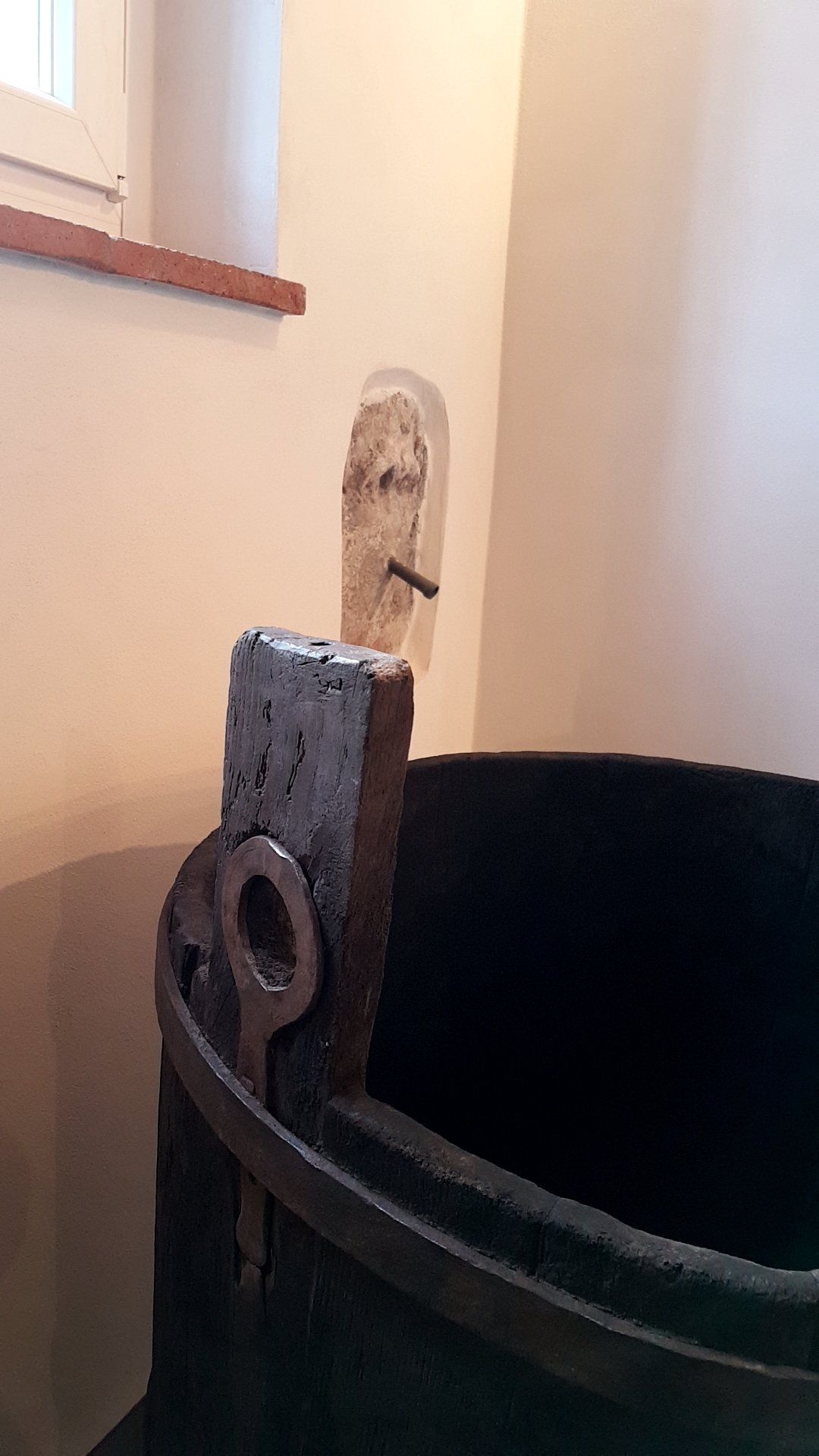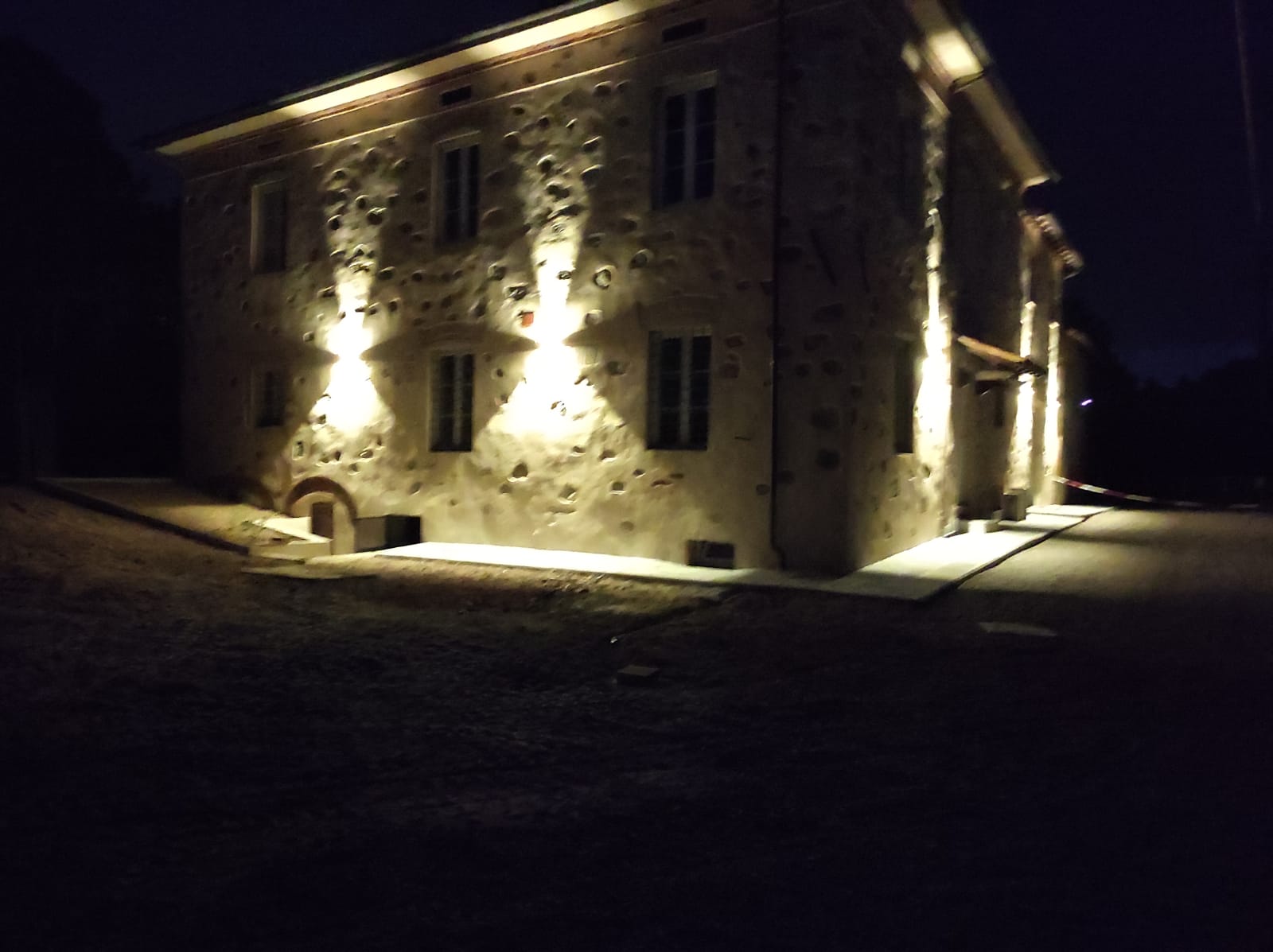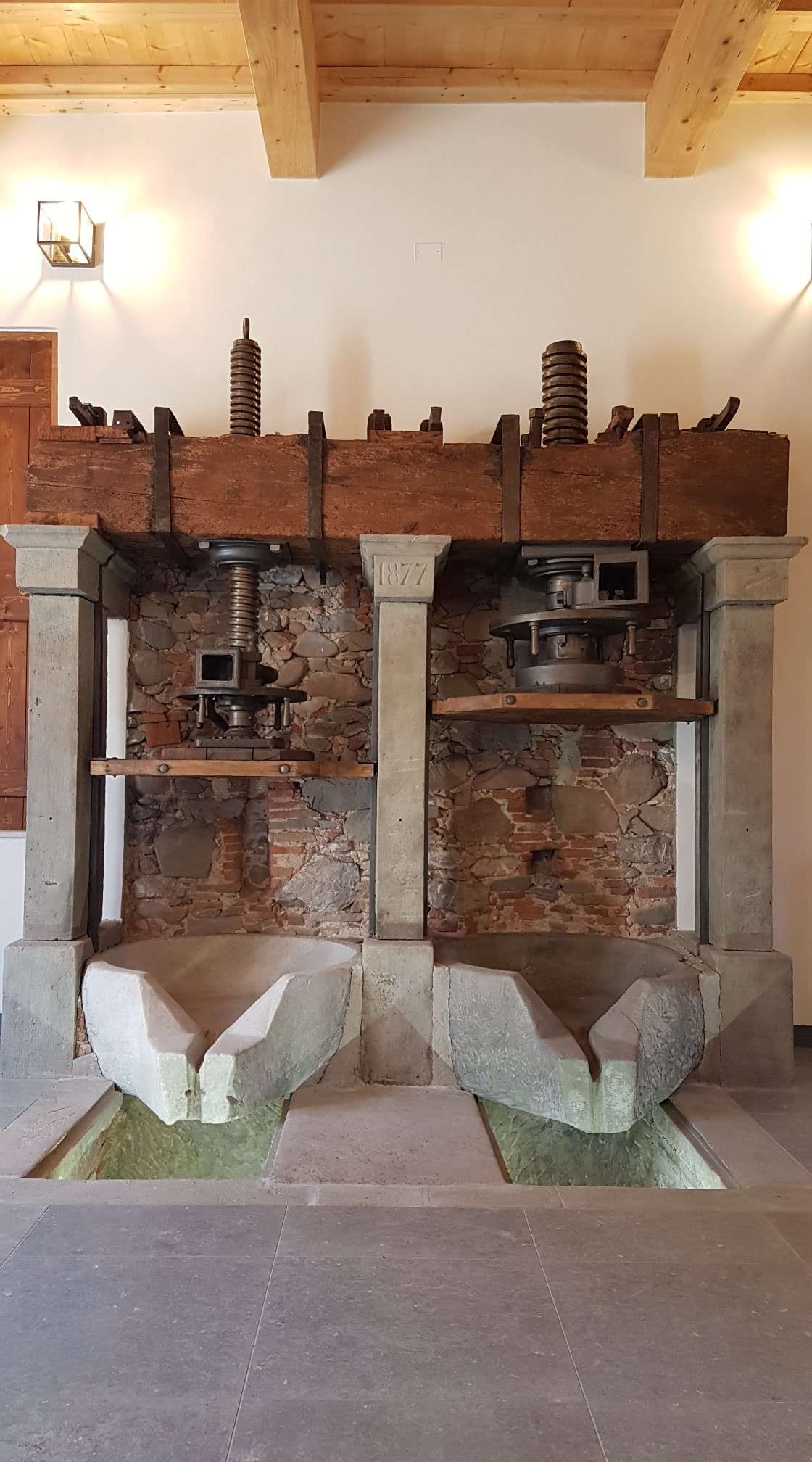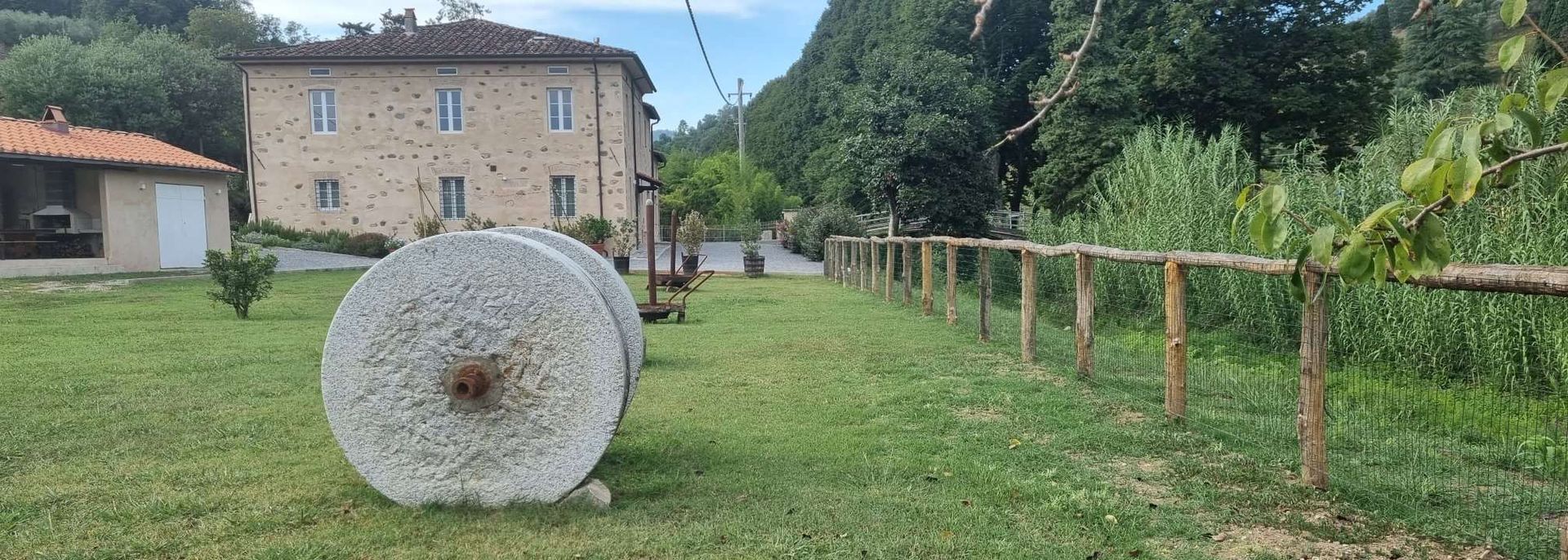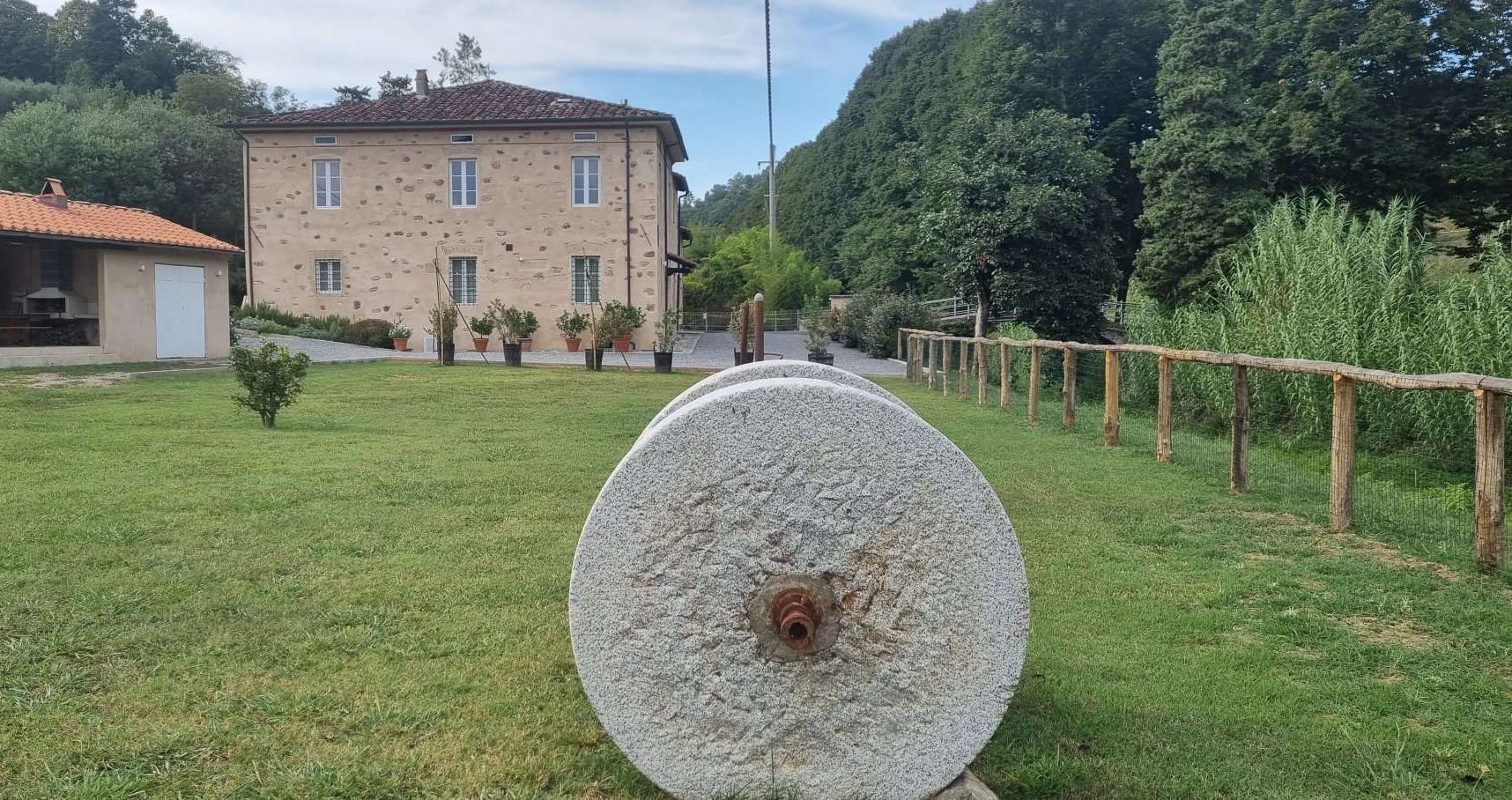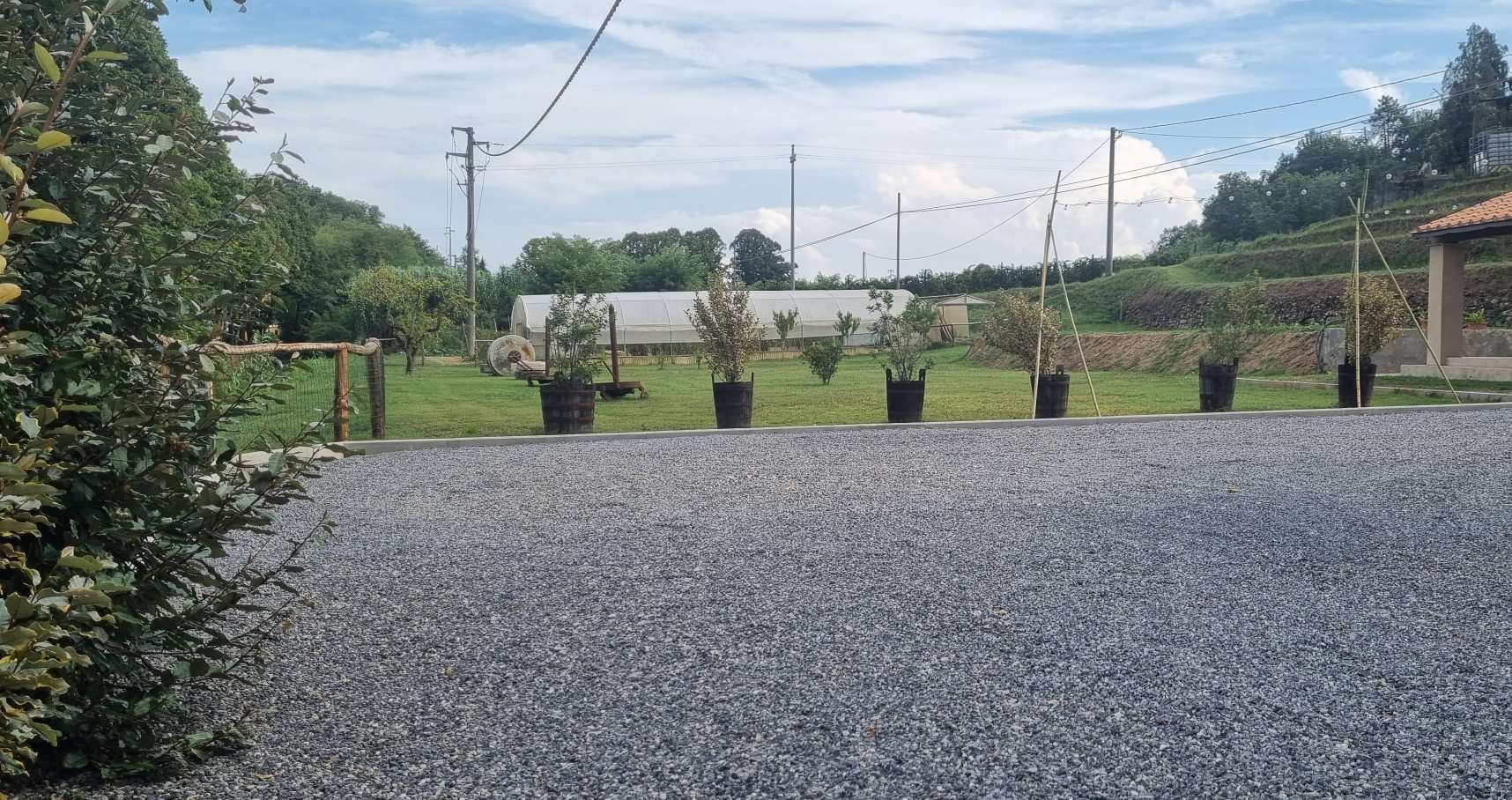LE NOSTRESTORIE
TUSCANY AND OLIVE OIL
Tuscany, Italy.
The most widespread olive varieties in Tuscany are Moraiolo, Leccino, Gramignolo, Frantoio, Trantolo, Pendolino, and Maurino.
The different ripening stages of this diverse olive blend give the oil a deep green color and a unique, slightly spicy aroma, which together with low acidity are the defining features and the unique taste of the extra virgin olive oil produced in Tuscany, expressed in numerous local variations.
Traditionally, the harvest is carried out using the "brucatura" method, which involves hand-picking the olives and letting them fall onto special cloths or nets placed at the base of the olive tree.
THE GREAT JOURNEY
Olive oil was brought to Tuscany around the mid-7th century BCE, probably from Greece, where it was already used for anointing athletes and for sacred purposes, though still rarely in cooking.
It was also little used by the Etruscans, but olive oil began to spread thanks to the Romans, who, in addition to appreciating its medicinal and health properties, initiated its commercialization and regulation, eventually making it one of the main products of the Mediterranean area.
The production and distribution of olive oil expanded during the Middle Ages. Starting from the areas around Lucca and then between Florence and Siena, there was a significant increase in olive cultivation, encouraged and protected by various regulations included in the statutes of cities and rural communities.
Due to the particular methods of production, until the 16th century, olive oil was mostly consumed by the higher social classes. Later, however, it also spread among the lower classes and became more widely used in cooking, even for the preparation of simpler dishes such as soups and broths.
Olive cultivation advanced further in the 1800s, and in the 1900s, the spread and production of olive oil reached very high levels. Especially after World War II, the extraordinary medicinal benefits of olive oil were recognized particularly in comparison with seed oils and, even more so, with animal fats—contributing to its growing popularity.
THE OLIVE MILL
After the harvest, the olives are taken to the mill, a processing center where the oil is extracted exclusively through physical means via "cold pressing" without any chemical interventions. From this key stage in production comes the widely used expression in Tuscany, "olio di Frantoio."
The oil extraction process in the mill involves the olives being poured into the crusher, the large water-powered wheel that moves the grinding stone, the crushing of the olives, and the loading of the mats, the press, the pressing, the sweat and effort required to extract every single drop of the precious green gold.
Then there's the hot water, used to separate and bring the olive oil to the surface in large cascading vats, and a tool resembling a circular metal disk, slightly conical in shape, used to collect the rising oil.
The divisions of the harvest: little or nothing for those who gathered and brought the olives to the mill, a small portion for those who organized the oil extraction, and the rest for the "owner."
Nothing went to waste, with the last drops of oil collected from the foul-smelling waste water, useful for lighting up the long winter nights with lamps.
Time stands still; one remains fascinated by the old mill, beautifully restored, learning about the ancient crafts related to oil and olives.



